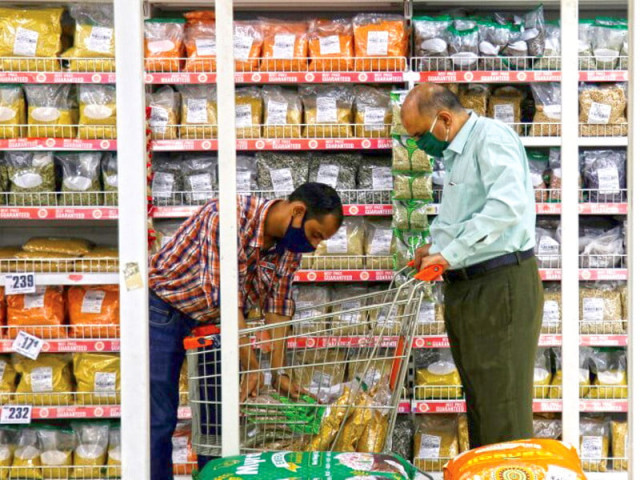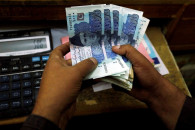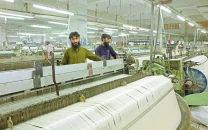Structural inflation and stabilisation
Inflation reduction will likely come at expense of large output drop

The economy has experienced a double-digit inflation as the percentage change in the Consumer Price Index (CPI) was 12.15% in fiscal year 2021-22. In the year, the average inflation rate outpaced the previous year’s inflation of 8.9%. In fiscal year 2019-20, the average inflation rate was 10.74%. This shows that the average inflation rate of the last three years was around 10.5%. Similarly, the State Bank of Pakistan (SBP) is expecting a double-digit inflation in the current fiscal year. The percentage change in the Sensitive Price Index (SPI) remained at 17.1% in fiscal year 2022.
Similarly, the average acceleration in sensitive prices was around 15% in the last three years. The basket of SPI is composed of 51 items which are considered essentials for the labour. Even analysts use the SPI to calculate the real wage of labour in Pakistan, which has been on the decline for the last three years. The current inflation can be termed structural inflation as the economy is constrained by the balance of payments (BOP). This inflation originated from the BOP crisis as a developing country requires imported capital goods and raw material for smooth functioning of the economy.
In addition, the growth of the agriculture sector should match with the growth of the industrial one. The growth of the agriculture sector will produce cheap food, which will be consumed by the labour of the industrial sector. If food becomes expensive, the size of the market of the industrial sector will get squeezed. Consequently, capital accumulation will not take place and growth will slow down. Hence, the inelastic supply of food acts as a constraint on the industrial sector. This can be termed supply side constraint that accelerates the prices of food items.
If we look at the food statistics, the prices went into double digits in August 2019. Similarly, food inflation remained in double digits in the last three years. The BOP constraint and the accompanying inflation require stabilisation measures. In 2019, the government tried to stabilise the economy through a combination of minibudget and policy rate hike. The State Bank jacked up the policy rate to 13.25% in quick successions.
These measures brought recession in the economy. However, analysts and media commentators gave more weight to Covid-19 as far as the recession is concerned when the country faced a complete lockdown from March to May 2020. Consequently, the external sector recovered owing to the imposed recession as the country witnessed a negative GDP growth of around 1% in fiscal year 2020. The SBP brought down the policy rate to 7% during the lockdown period, incentivised the real estate sector and implemented the Temporary Economic Refinance Facility (TERF) for the industrial sector.
These fiscal and monetary measures started to refuel the economy, which has not been stabilised fully. As a result, the country witnessed a 5.74% growth in fiscal year 2021. The growth momentum continued in fiscal year 2022 along with the cracks that started to appear on the external front. Taking stock of the situation, the SBP started to raise the policy rate in September 2021, which has now touched 15%. In addition, fiscal measures such as upward adjustment in utilities and the electricity base tariff have been implemented to stabilise the economy under the emerging situation. In short, economic stabilisation measures have been implemented to address the external fragility.
The SBP has been trying to rein in the structural inflation through demand compression. Hence, the inflation reduction would be at the expense of large output reduction. Finally, the current policy rate will pose significant fiscal challenges for the government in the months to come.
THE WRITER IS THE ASSISTANT PROFESSOR OF ECONOMICS AT SDSB, LAHORE UNIVERSITY OF MANAGEMENT SCIENCES (LUMS)



















COMMENTS
Comments are moderated and generally will be posted if they are on-topic and not abusive.
For more information, please see our Comments FAQ